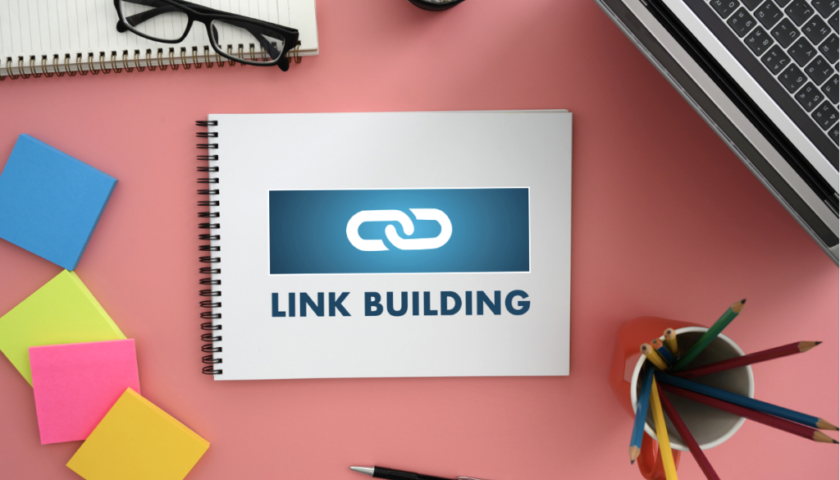In today’s digital age, having a responsive website is crucial. With the vast array of devices that users employ to access the internet, ensuring your site looks and functions well on all screen sizes is imperative. However, there are numerous pitfalls that Sunshine Coast’s designers can encounter. In this article, we’ll explore the common mistakes to avoid when designing responsive websites.
Understanding Responsive Design
Definition and Purpose
Responsive design is a web development approach that creates dynamic changes to the appearance of a website, depending on the screen size and orientation of the device being used. The primary goal is to enhance user experience by ensuring the website is easy to navigate and looks great on any device, whether it’s a desktop, tablet, or smartphone.
Key Elements of Responsive Design
Responsive design involves flexible grids, layouts, images, and the intelligent use of CSS media queries. These elements ensure that a website can adjust smoothly to various screen sizes and orientations.
Mistake 1: Ignoring Mobile Users
Importance of Mobile-First Approach
A common error is overlooking the mobile user experience. Given that mobile traffic often surpasses desktop traffic, it’s essential to adopt a mobile-first approach. This means designing the mobile version of your website first and then scaling up to larger screens.
Consequences of Ignoring Mobile Users
Neglecting mobile users can lead to high bounce rates, poor user engagement, and a negative impact on SEO rankings. Users expect fast, smooth, and easy-to-navigate websites on their mobile devices, and failing to provide this can significantly harm your online presence.
Mistake 2: Overlooking Performance Optimization
Importance of Fast Loading Times
Performance optimization is critical for user experience and SEO. Slow-loading websites frustrate users and can lead to increased bounce rates.
Techniques for Optimization
To optimize performance, consider using optimized images, minimizing HTTP requests, leveraging browser caching, and employing content delivery networks (CDNs). These techniques help ensure your website loads quickly across all devices.
Mistake 3: Poor Navigation Design
Essential Navigation Features for Mobile
Navigation design is crucial, especially for mobile users. Ensure that menus are easily accessible and intuitive.
Common Navigation Issues
Common issues include hidden menus, overly complex navigation structures, and tiny touch targets. Simplify navigation to enhance user experience.
Mistake 4: Inconsistent Breakpoints
Defining Breakpoints
Breakpoints are specific screen widths at which the layout of a website changes. Consistent breakpoints ensure a smooth transition between different device sizes.
Ensuring Consistency Across Devices
Use standard breakpoints and ensure they are applied consistently. This avoids layout issues and provides a uniform experience across all devices.
Mistake 5: Ignoring Touchscreen Capabilities
Designing for Touch Interactions
Designing with touch interactions in mind is essential. This includes ensuring buttons are large enough to be easily tapped and that interactive elements are well-spaced.
Avoiding Tiny Click Targets
Small click targets can frustrate users. Ensure that buttons and links are adequately sized for touch interaction to enhance usability.
Mistake 6: Using Fixed-Width Layouts
Drawbacks of Fixed-Width Layouts
Fixed-width layouts can lead to poor user experiences on smaller screens. They can cause horizontal scrolling and cut off content, making the site difficult to navigate.
Benefits of Fluid Grids
Fluid grids, which use percentages instead of fixed measurements, allow content to resize dynamically based on the screen size. This flexibility ensures a better user experience across all devices.
Mistake 7: Neglecting Accessibility
Importance of Accessible Design
Accessibility is crucial for ensuring that all users, including those with disabilities, can use your website effectively. This not only broadens your audience but also complies with legal requirements.
Implementing Accessibility Best Practices
Use alt text for images, ensure sufficient color contrast, provide keyboard navigability, and use ARIA roles and landmarks. These practices make your website more accessible to all users.
Mistake 8: Overcomplicated Designs
Downsides of Complex Designs
Overly complex designs can confuse users and slow down your website. Simplicity often leads to better user experiences and faster loading times.
Simplicity and User Experience
Aim for a clean, straightforward design. Focus on essential elements and clear navigation to provide a seamless user experience.
Mistake 9: Not Testing on Real Devices
Importance of Real Device Testing
Testing on real devices ensures that your website performs well in real-world conditions. Emulators and simulators are helpful but can’t replicate all aspects of real device behavior.
Tools and Methods for Testing
Use tools like BrowserStack or Sauce Labs to test on multiple devices. Additionally, manually test your website on various phones, tablets, and desktops to ensure compatibility.
Mistake 10: Forgetting About Content Prioritization
Content Hierarchy
Prioritizing content ensures that the most important information is displayed prominently. This is crucial for guiding users through your site effectively.
Strategies for Effective Content Prioritization
Use headings, subheadings, and concise paragraphs. Highlight key points and ensure that call-to-action buttons are easily accessible.
Mistake 11: Poor Use of Media Queries
Understanding Media Queries
Media queries are a key component of responsive design on Sunshine Coast, allowing you to apply different styles for different devices.
Common Pitfalls in Media Query Implementation
Avoid overly complex media queries that can be hard to maintain. Instead, use a few well-thought-out media queries to ensure a smooth transition between different screen sizes.
Mistake 12: Neglecting Cross-Browser Compatibility
Ensuring Compatibility Across Browsers
Different browsers can render websites differently. Ensuring cross-browser compatibility is essential for a consistent user experience.
Tools for Cross-Browser Testing
Use tools like CrossBrowserTesting or LambdaTest to check how your website performs across various browsers. Regular testing and fixing any issues that arise are key to maintaining compatibility.
Conclusion
Designing responsive websites requires careful consideration of various factors to avoid common pitfalls. By prioritizing mobile users, optimizing performance, ensuring accessibility, and testing on real devices, you can create a seamless and enjoyable experience for all users. Remember, simplicity and consistency are your best allies in responsive web design on Sunshine Coast.
FAQs
What is responsive design?
Responsive design is a web development approach that ensures websites adjust smoothly to various screen sizes and orientations, enhancing user experience across all devices.
Why is mobile-first design important?
Mobile-first design is important because mobile traffic often surpasses desktop traffic. Designing for mobile first ensures a better user experience on small screens and then scales up to larger devices.
How can I optimize my website’s performance?
Optimize your website’s performance by using optimized images, minimizing HTTP requests, leveraging browser caching, and employing content delivery networks (CDNs) to ensure fast loading times.
What are breakpoints in responsive design?
Breakpoints are specific screen widths at which the layout of a website changes to ensure a smooth transition between different device sizes.
How do I ensure my website is accessible?
Ensure your website is accessible by using alt text for images, providing sufficient color contrast, enabling keyboard navigability, and implementing ARIA roles and landmarks.



